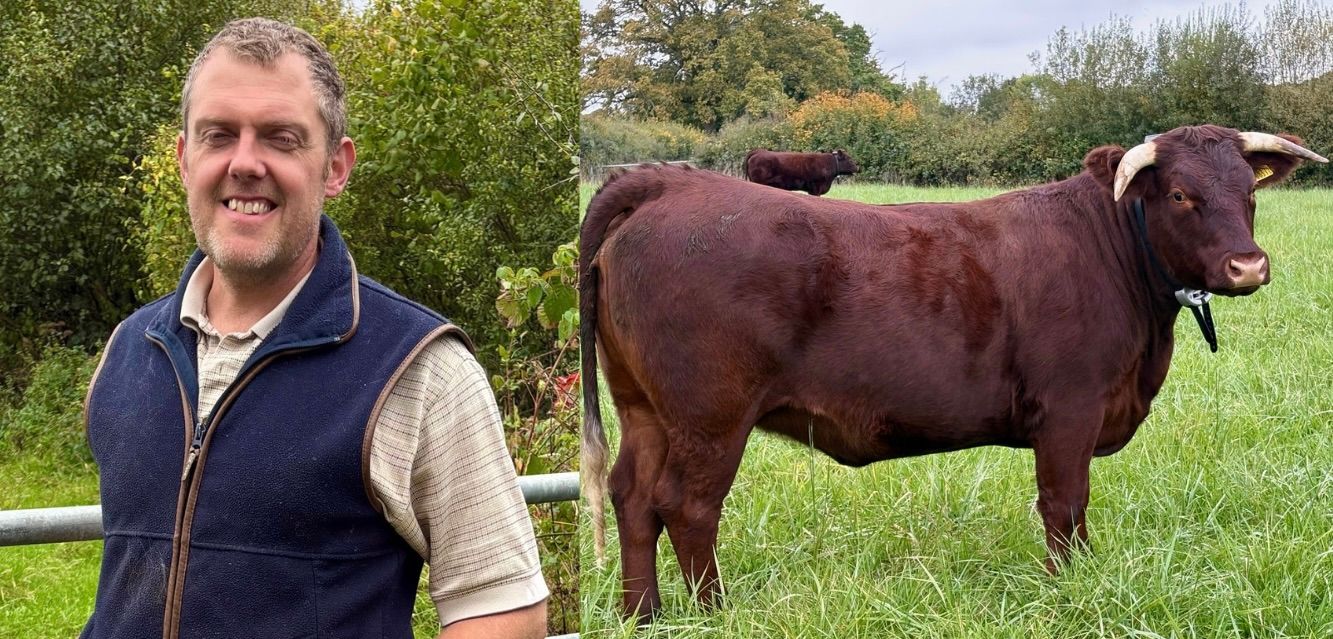Grazing Management: Exploring the Pros and Cons of Various Grazing Systems
Discover the various grazing management systems commonly used. Learn about their impact on productivity and sustainability.
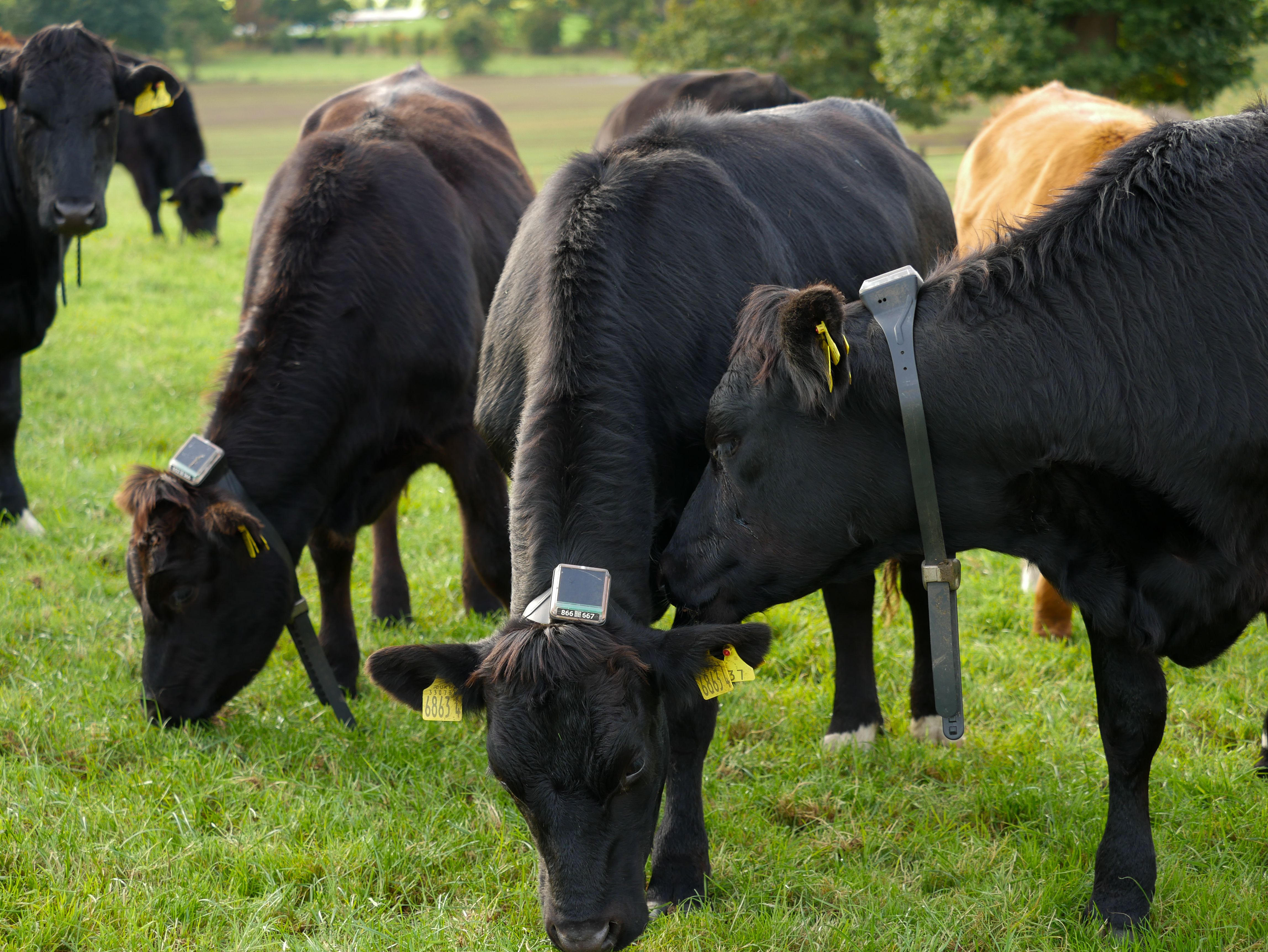

Choosing the grazing system that’s best for your cattle operation can critically impact the productivity of your livestock and land. Some types of grazing management, like continuous grazing, are popular due to their ease and low cost. However, it has issues like soil compaction and lower pasture productivity.
In contrast, other grazing systems like regenerative, mob, rotational, and strip grazing aim to enhance soil and pasture health, offering benefits like improved water infiltration and manure distribution. These methods vary in labor, fencing, and land requirements, with pros and cons dependent on farm conditions and livestock needs.
Effective grazing management should focus on factors that help balance forage supply. Unfortunately, there is no one-size-fits-all system. Each farm has a unique environment, differing livestock numbers, soil health, and weather patterns. While the grazing systems you’ll find here won’t work for everyone, it’s useful to have a solid starting point to decide what could integrate into your farm. In this blog, you’ll find a researched overview of the common grazing systems with pros, cons, and their impact on soil health.

Continuous Grazing
Continuous grazing gives livestock unrestricted access to an entire pasture for an extended time, often for the whole grazing season. It’s one of the easiest grazing systems to use, which is why it’s likely the most widely used today.
Pros of Continuous Grazing
As mentioned, continuous grazing is widespread because it’s the easiest to manage, fitting in with all of the other demands farmers have. The top three reasons to continuously graze are:
- Less expensive: only one perimeter fence to build and maintain
- Fewer labor costs and lower overhead costs compared to other grazing systems
- Positive cost balance if the pasture is well-managed
In addition, there’s less stress on the livestock. They stay in a familiar environment for an extended period.
Cons of Continuous Grazing
Continuous grazing can harm areas with fragile ecosystems or where overgrazing can negatively affect the environment.
Common problems include:
- Overgrazing and limited forage regrowth
- Livestock ignore the less tasty forages, so less forage is used
- Preferred grasses may die off from overgrazing
Finally, animals prefer to stay close to their favorite forages, and where the animal stands, the manure lands. Continuous grazing areas typically have uneven manure distribution.
Impact of Continuous Grazing on Soil Health
Studies that compared continuous grazing to no grazing or rotation grazing systems found that continuous grazing isn’t as good for the soil as other methods.
Soil issues for continuous grazing include:
- Less capacity to hold water
- Reduced fertility and biodiversity
- Erosion from bare patches
- Uneven manure distribution can reduce soil components like organic carbon, nitrogen, and nutrients.
Overall, there tends to be an increased risk of soil compaction and lower forage productivity.
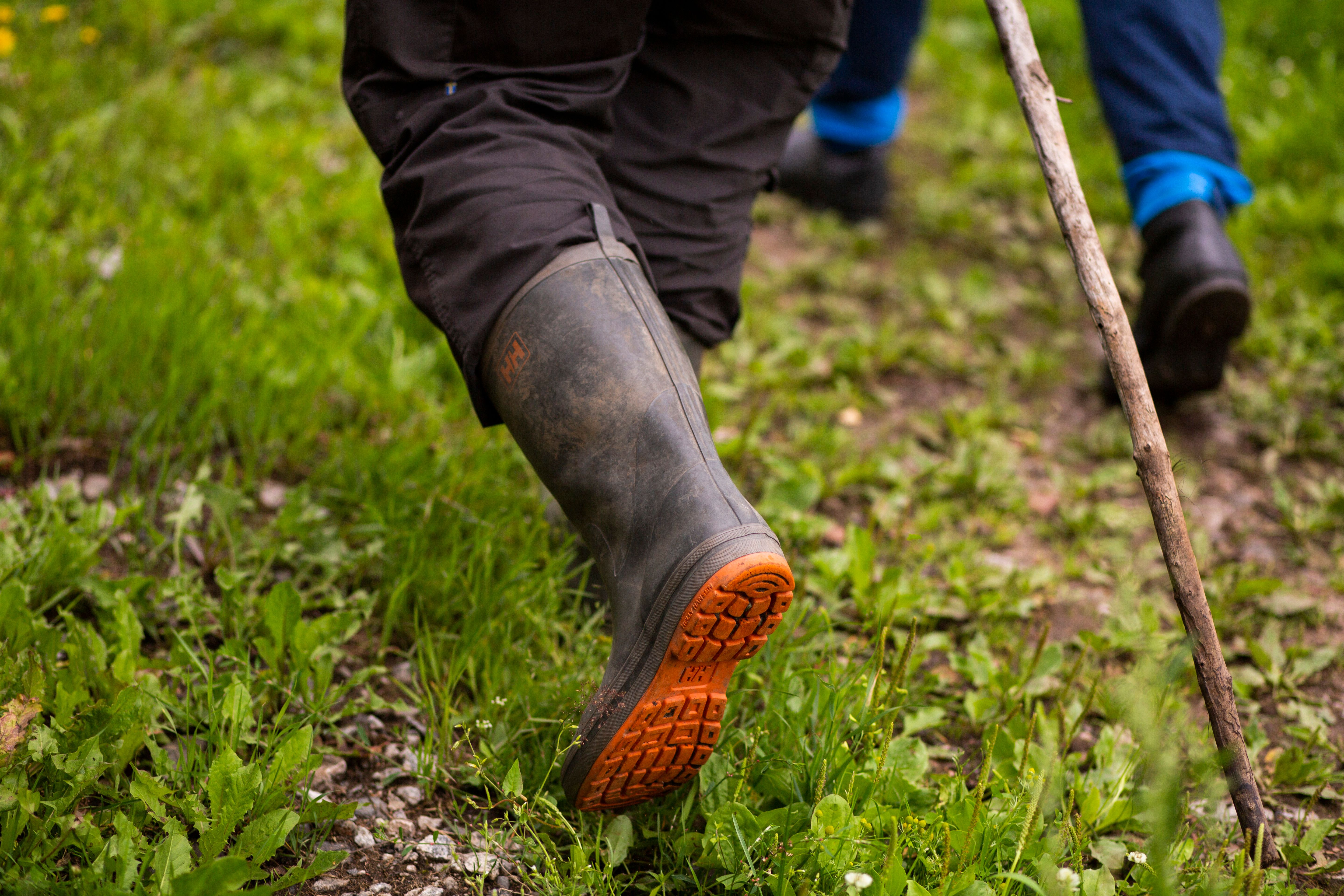
Regenerative Grazing
Regenerative grazing aims to build soil health and support ecosystem function. It’s managed similarly to natural processes, like mimicking how wildlife graze. Regenerative grazing can include practices like adaptive multi-paddock grazing. Its primary goals are to improve soil and ecosystem health and support regenerative agriculture.
Pros of Regenerative Grazing
By concentrating the entire herd in a smaller area, you benefit from:
- An even spread of manure
- Better pasture regrowth through a long recovery time
- Erosion prevention, which reduces nutrient runoff
- Improved water infiltration due to the trampling action punching holes in the soil
- Better ecosystem health
The frequent moves and recovery periods are critical to this system. They allow the plants and soil life to bounce back, increasing diversity. When appropriately managed, regenerative grazing can build healthier soils, more vigorous plants, and better water retention - regenerating the whole ecosystem.
Cons of Regenerative Grazing
Regenerative grazing has higher land requirements. It needs around twice the area of what conventional methods need.
Other issues include:
- The risk of overgrazing
- Disrupting wildlife due to more and often-changing fencing fragmenting their habitat
- Possible changes to plant communities
The problems of regenerative grazing often depend specifically on the land in question. Some areas can become species-poor, while others have reduced yields.
Impact of Regenerative Grazing on Soil Health
Well-managed regenerative grazing can improve soil health, microbial activity, and biodiversity.
It promotes:
- Even manure distribution
- Plant litter incorporation
- Better nutrient cycling
- Improved water infiltration
However, careful monitoring of stocking rates, grazing intensities, and recovery periods is crucial. Otherwise, soil compaction, erosion, and degradation may take place.
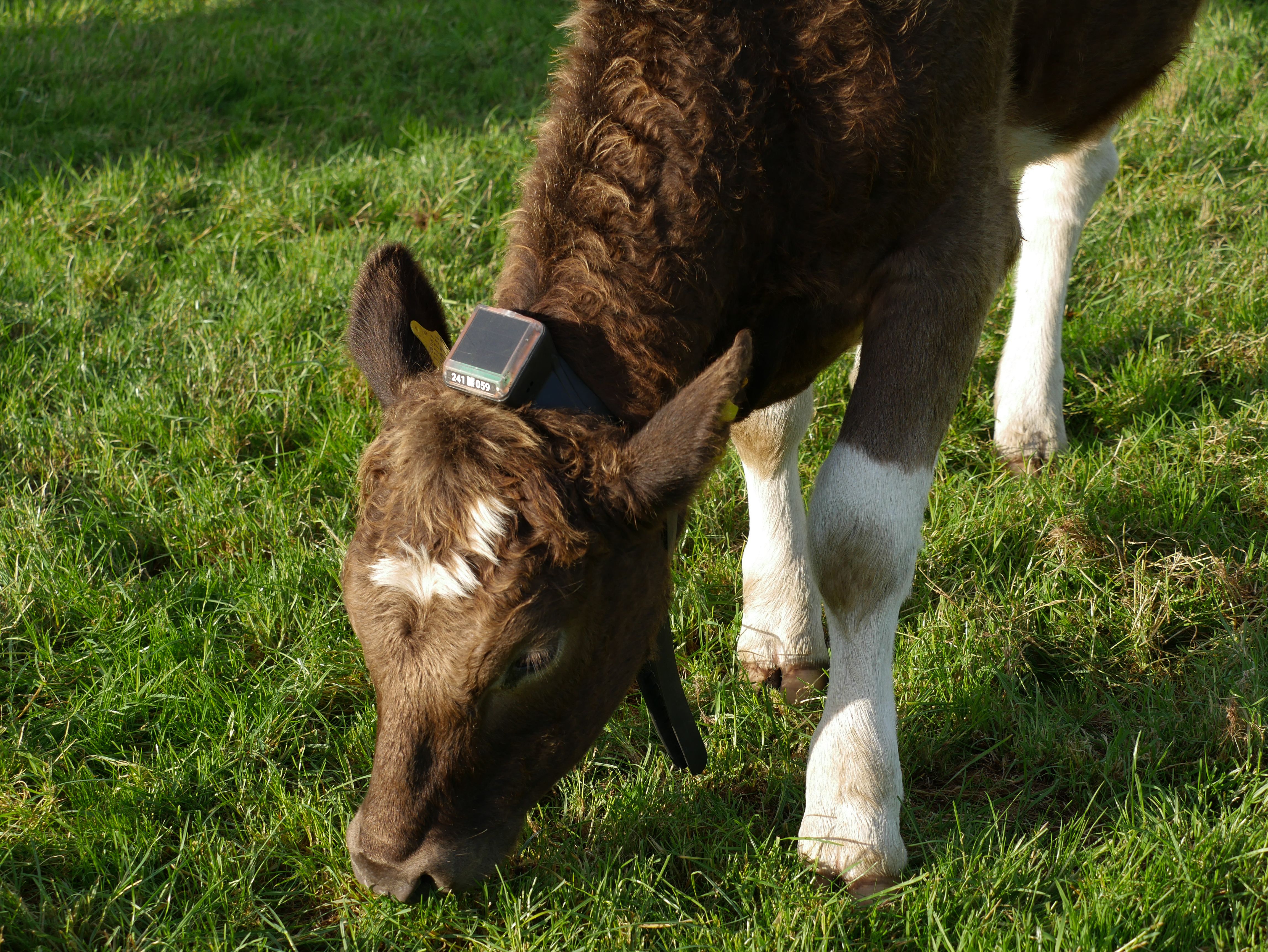
Mob Grazing aka Ultra-High Density Grazing (UHDG)
In this grazing management strategy, many mammals are packed into a small area for a short time with food and drink.
Mob Grazing, or UHDG, has incredibly high stocking densities (100,000 - 500,000 lbs/acre). Livestock stay in a small area for a short time and move often, sometimes multiple times daily. After the ‘mob’ moves, the pasture has a recovery period from 3 to 6 months before the mob returns. With this type of grazing, the grass is mature and provides less energy.
Pros of Mob Grazing / UHDG
In this mob, the livestock don’t have time or space to be picky eaters, so
- More of the forage is eaten
- More plant species varieties are eaten
- Manure is distributed evenly throughout the pasture
There is also a potential for better forage species diversity due to the longer rest periods.
Cons of Mob Grazing / UHDG
UHDG needs meticulous management. Overgrazing and related soil problems are a real risk with high stocking densities.
Mob grazing requires:
- Intensive work moving livestock
- Well-placed fencing and a portable available water source
- Careful livestock monitoring because the mature forages are less nutritious
Mob grazing uses up to 75% of forage. It can help control certain plant species due to the intensive grazing. In regenerative grazing practices, the percentage of forage depends on the manager’s goals.
Impact of Mob or Ultra-High Density Grazing on Soil Health
Promoters of mob grazing often mention the positive impact on the soil, with improved water infiltration and nutrient cycling. The few studies that have been done provide results, likely due to taking place in different locations. A study in semiarid grassland found that mob grazing increases soil compaction and decreases aggregate stability. A case study from Penn State Extension found mob grazing could improve soil health in ways similar to well-managed rotational grazing.
It is agreed that its success likely varies due to a location’s climate, soil type, season, and grazing management.
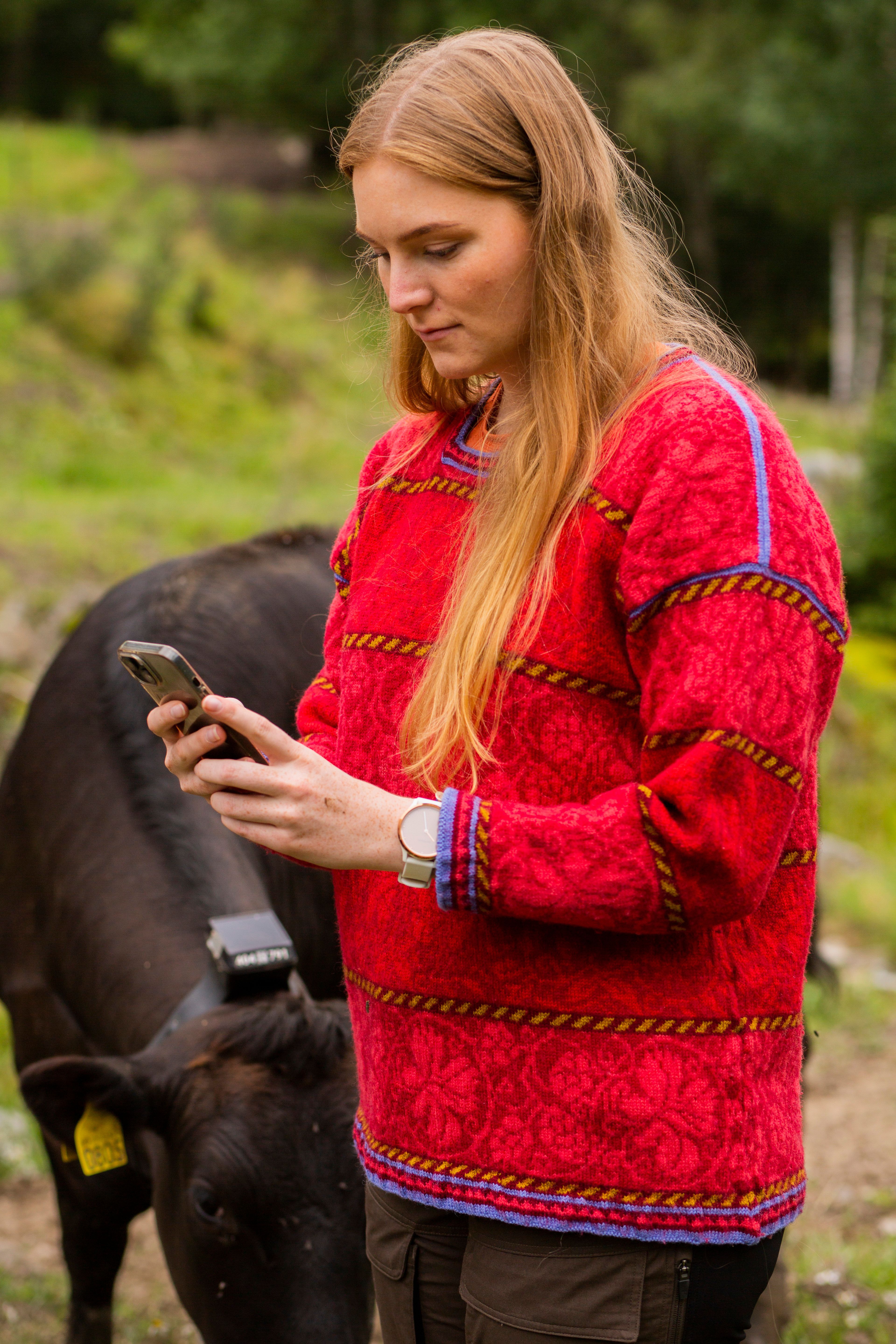
Rotational Grazing
Rotational grazing involves dividing pastures into smaller sections and regularly moving the herd through the pastures. Each pasture is grazed to about 50% of its original height and recovers as the herd is rotated through other pastures. This way, you get an even spread of manure across the whole field, giving the plants time to bounce back between grazing periods. Done right, it boosts forage production and keeps animals performing better.
The rotational grazing system aims to optimize pasture productivity, improve soil health, and support sustainable livestock management.
Pros of Rotational Grazing
Rotational grazing can improve pasture health and overall productivity compared to continuous grazing.
With careful management, rotational grazing helps:
- Manage grazing pressure
- Improve forage utilization
- Promote pasture’s ecosystem resilience
Cons of Rotational Grazing
Careful management is important for rotational grazing. Most cons can be avoided when implementing a plan that suits the animals and environment.
Potential problems include
- Overgrazing or underutilization of pasture
- Soil compaction
- Reduced crop production
- Uneven plant growth due to uneven manure distribution
Impact of Rotational Grazing on Soil Health
With proper management, rotational grazing can reduce bare soil by accumulating litter, which improves pasture quality. The periods of rest help improve a pasture's productivity and water infiltration. It can also help with carbon sequestration in the soil, improving soil quality and increasing pasture productivity.
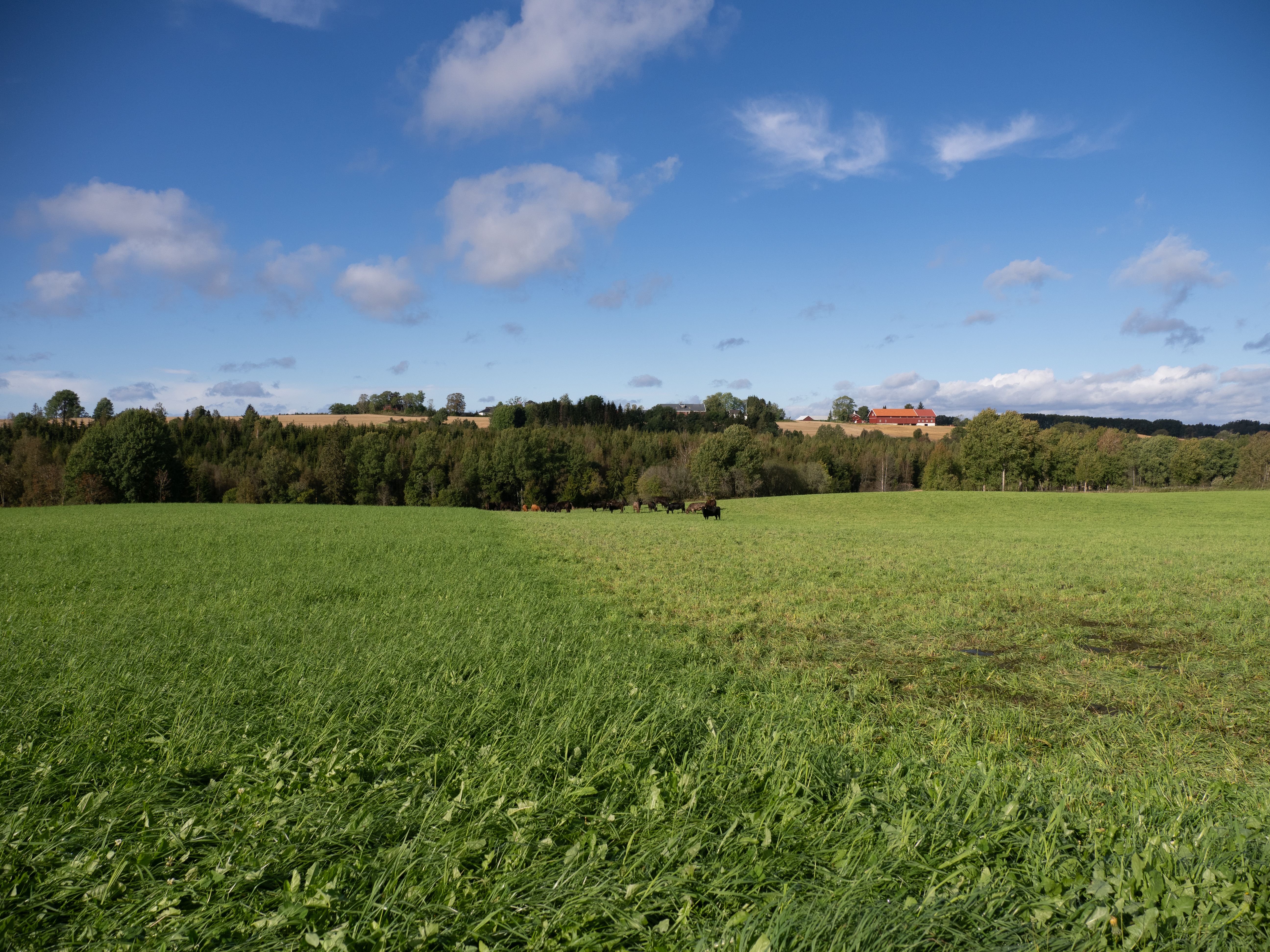
Strip Grazing
Strip grazing is a type of rotational grazing that involves dividing a pasture into smaller sections and livestock grazing in that small strip of land for a short period before moving to another strip. The goal is to use controlled grazing to improve how well the livestock uses forage.
Defining these strips often involves moving electric fences to open new strips of forage and close off used strips. However, when farmers choose to use virtual fencing, strip grazing is less time-consuming. Learn how Dobson’s Farm used virtual fencing:
Pros of Strip Grazing
Due to the time needed to rest and regrow between grazing periods, strip grazing improves livestock’s use of forage and the pasture’s quality.
Strip grazing also
- Improves soil fertility with better distribution of manure
- Manages grazing pressure
- Prevents overgrazing in specific areas
- Promotes more of an even manure distribution
Cons of Strip Grazing
Strip grazing can be labor intensive because:
- Temporary fencing for dividing the pasture must be moved at least once daily
- Water sources need to be available
- Timing the grazing periods for perfect utilization can be challenging
- The initial investment for fencing to divide the pasture can be costly
Impact of Strip Grazing on Soil Health
With proper management, strip grazing can positively affect the soil. The rest periods can reduce soil compaction and erosion, promote better water infiltration, and enhance soil microbial activity.
However, improper strip grazing practices like prolonged grazing in one strip or inadequate rest periods between grazing can lead to soil degradation, decreased organic matter content, and nutrient imbalances.
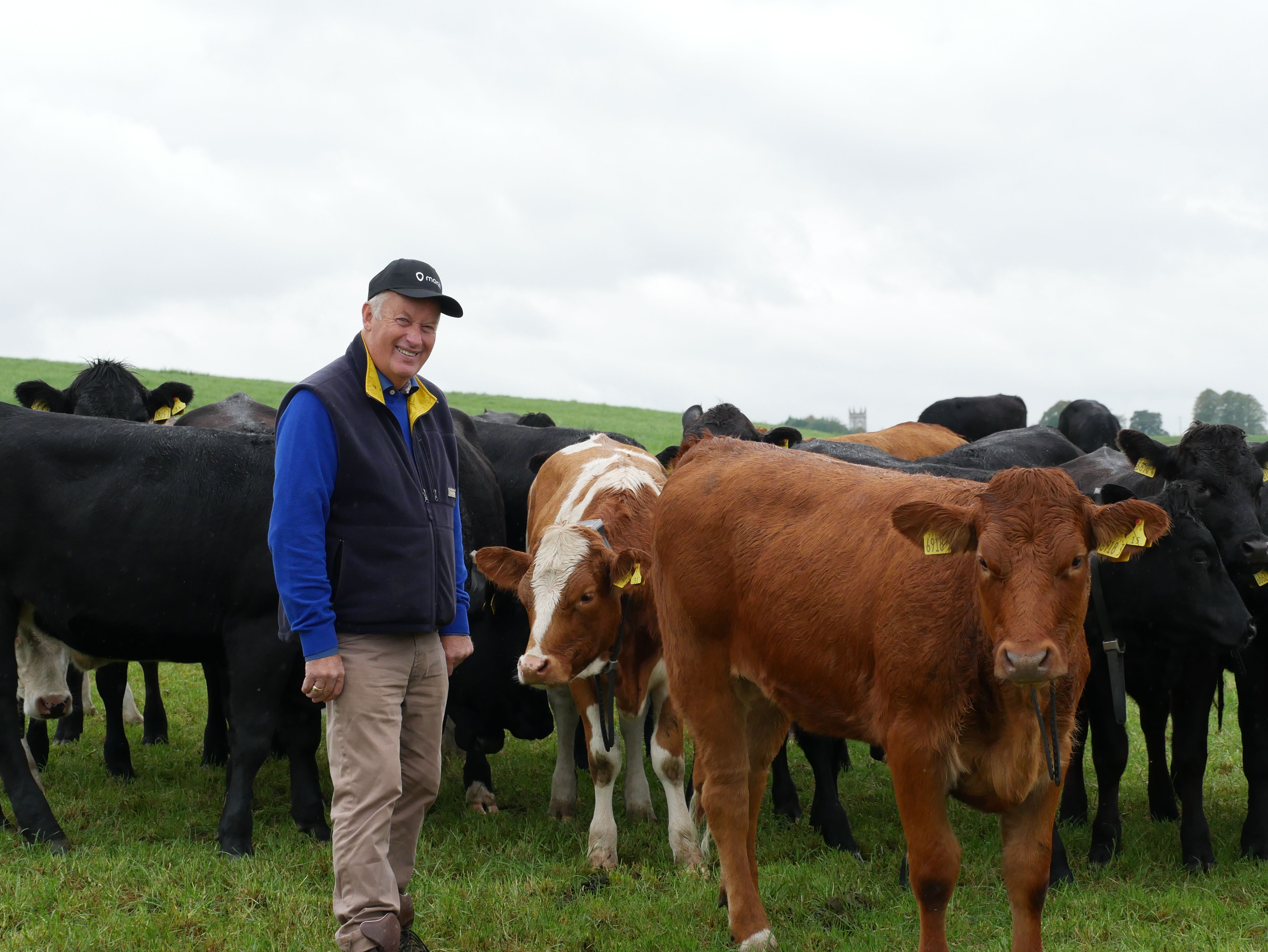
Importance of Grazing Management
There are several common themes in all the grazing examples: proper management is necessary for these systems to work, and what works well for one farm or herd may not be the best choice for another.
With grazing management, it's essential to understand livestock’s grazing patterns and preferences to best use forage and keep pastures healthy.
Tailor grazing systems to fit your specific operation. Consider the variety of livestock, forage types, and environmental conditions. They are all important to maximize productivity and sustainability.
Streamlining Grazing Management with Virtual Fencing
While people have managed livestock for thousands of years, this century offers new, small technology that makes a big difference. Farmers are experimenting with tech like virtual fences to make the more labor-intensive grazing systems more efficient and manageable.
This technology allows your cattle to graze freely without the need for physical fences, significantly reducing the time and effort spent on fence adjustments. It also monitors and tracks the herd 24/7, providing real-time insights into their location and behavior. Additionally, virtual fencing notifies you immediately if something is wrong, ensuring quicker response times and better livestock management.
By integrating virtual fencing, farmers can adopt more advanced grazing practices with less labor and greater ease.
Learn more about virtual fencing
Curious about how virtual fencing can simplify your grazing management and save you time?
Not sure where to begin? Fill out the form below, and Oliver from our team will get in touch with a no-strings-attached offer tailored to your farm.
